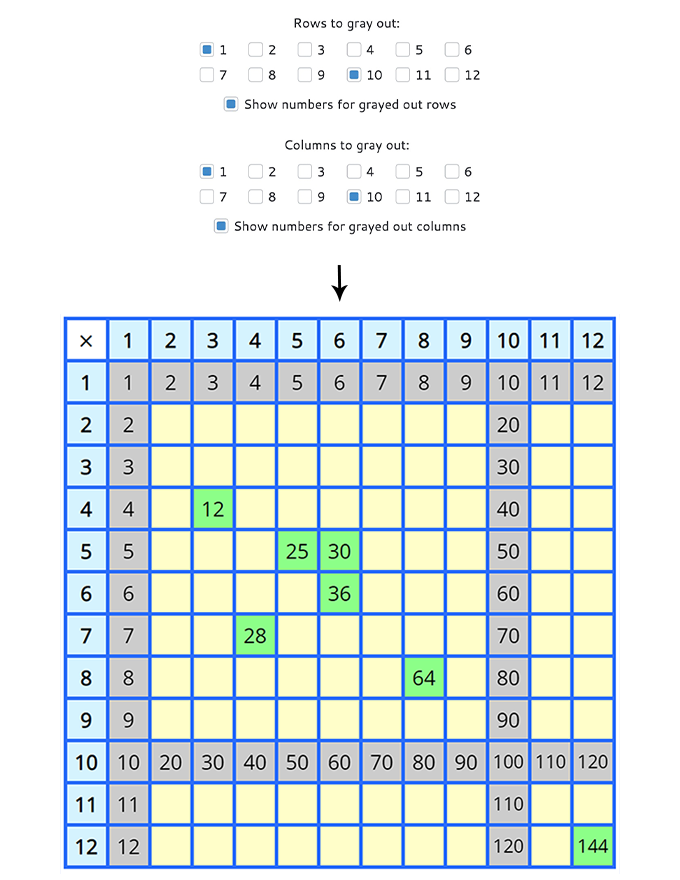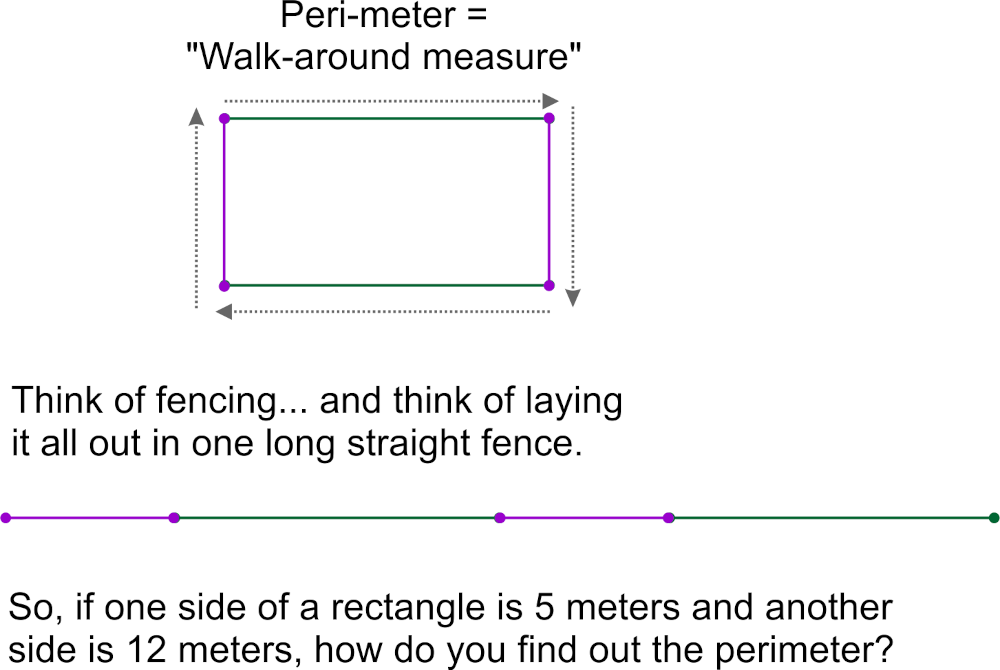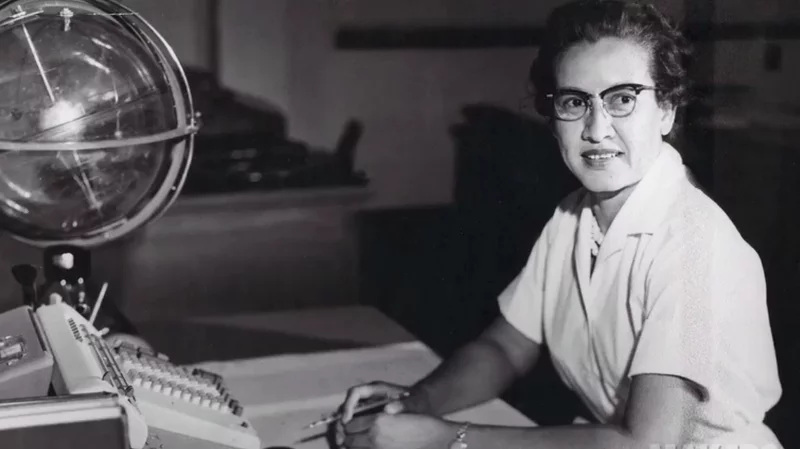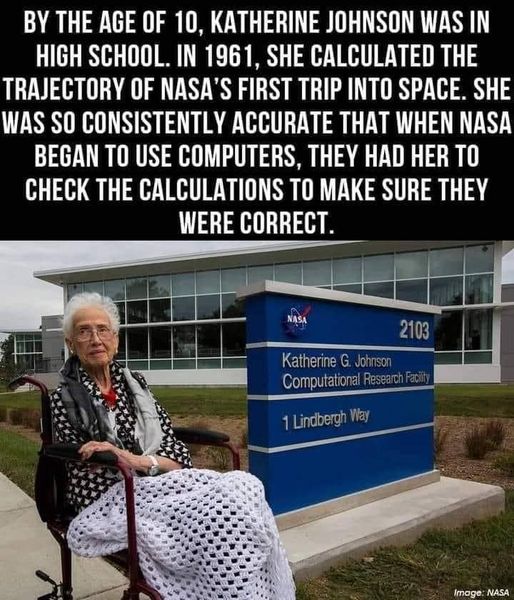 Hello!
Hello!
Welcome! I hope you will find lots of tips / encouragement in this August newsletter! 😀 |
1. Math Mammoth newsA sale for the digital versions at mathmammoth.com is just around the corner! Planning to start it in a few days.Someone asked questions concerning the upcoming grade 8 curriculum that might be on others' minds too, so I will post my answer here. If after level 7 they are ready for algebra, why is a level 8 in the making? Is it going to be high school algebra equivalent? What will it be covering exactly and when will it be available? Will there be more new full year levels?Answers: This development (of writing grade 8) mainly comes because of school customers... there have been some, and I am anticipating that more schools will be buying my products. Schools will need grade 8 materials. It will follow Common Core standards, which, the CCS have been so designed that students CAN go to algebra 1 directly after grade 7, or after grade 8. The standards authors made grade 8 to be sort of an in-between course. It covers a few topics from a traditional algebra 1 course, but not nearly all. Read more. The chapters in MM8 will be:
As far as when... it's hard for me to tell, but maybe in a year. However, I am publishing the individual chapters as they become ready, as Blue series books. Two are already available: Geometry 4 — geometric transformations, angle relationships, volume
Exponents and Scientific Notation Currently I don't have plans to expand to high school math. However, we will publish a K level. I'm more inclined to go on revising the previous levels and make them more user-friendly, and improve them in other ways too. Hope this helps! |
2. An interactive multiplication tables chart A new tool at Math Mammoth! An interactive multiplication tables chart! And it's customizable like you've never seen. You can choose which tables are pre-filled... OR grayed out!
A new tool at Math Mammoth! An interactive multiplication tables chart! And it's customizable like you've never seen. You can choose which tables are pre-filled... OR grayed out!
This matches the idea in my books, such as in Multiplication 1, where the child fills in this chart each time they study a new table, but the parts they haven't yet studied are grayed out. They quickly see how LITTLE is left to study, and how MUCH they've already learned! As a teacher/parent, you can make "quick links" with specific options already selected, for your student(s). For example, you can have them fill in the chart for tables 5, 4, and 2 only. Once they learn another table, have them fill in that one too. 😃 Also, the page with the times tables videos has been updated. It now has, not only the multiplication tables videos, but links to online practice and to this interactive chart, for each table. |
3. Mathematical proofs for young childrenSomeone just asked an interesting question about mathematical PROOFS for young elementary children.My question is about Math Proof Concepts from young age like elementary, I have been looking for some resources and I needed your input regarding this matter. I want to teach my daughter the techniques of math proof and I don't now the right resources and when is the proper age or grade to start teaching her the Math Proof Concepts and techniques. Looking forward to hearing from you.My answer... I personally don't believe that young children need taught exact concepts of proof yet. Instead, as they do their math work, ask them often, "Why? How do you know the answer is 23, and not some other number?" If she gets a wrong answer, that's an especially good opportunity. Don't tell her immediately it's wrong. Instead, ask her, "How do you know? Are you sure?" Discuss it. Sometimes you might be able to point out that IF indeed her answer was correct, that it would lead to something else insensible (contradiction). Teach her to check her own work, such as subtractions with addition, or divisions with multiplication. And additions by adding in a different order. And also, show her different ways of finding the answer. Those can act as a check. In other words, if she got an answer one way, she could solve the problem again, in a different way, and check whether the answer is the same. Give her challenging problems and puzzles. One source for free problem solving worksheets is here. All of these types of things will build her minds towards learning mathematics as a discipline where things are justified/proved. The exact techniques of proof really should wait, I feel.😃 |
4. Problems with perimeterHere's a customer question on perimeter:My son... is struggling with area and perimeter. Specifically, word problems and the problems where he has to solve an uneven side to gain the total etc. ...asking him to process multi step problems or the more complex ones like described above he gets lost and skips steps or doesn’t understand when to add or when to multiply.Here's a thought I presented, to help the student REMEMBER what "perimeter" actually means.  I suggest to teach the child to memorize the word perimeter as meaning "around-measure". That's what that word means. It comes from two Greek words that mean "around" (peri) and "measure" (metron). The fact that English uses "perimeter", which doesn't mean anything in English, makes it more difficult. Tell him to think of running AROUND the figure! How long a distance did you run? (You could even draw a rectangle on the floor and have them actually MOVE all the way around the figure.) So, when he encounters a word problem that talks about "perimeter", it would be like a "trigger word" to remember to translate it as "AROUND-MEASURE". He would read the question again, using that term. And that should help him remember it has to do with adding, since you're going around, and naturally you add the distances if you're running around to various places (and coming back). Also, we parents can try to come up with some memorable little (even silly) story around that idea of "running around"! 😃 Some people said in comments that they talk about the perimeter being the "fence" around a given space, or talk about the rim of a basketball hoop, and how it was the outside edge. |
5. Mamut MatemáticasDid you know MM Blue Series books are available in Spanish? You can find them at MamutMatematicas.com.
You can find them at MamutMatematicas.com.
Recently, the book on PERCENT has been re-translated. (The series has had several translators and we're upgrading the ones translated by non-native.) Check out Mamut Matematicas Porcentaje. This book matches exactly with the book Math Mammoth Percent, from the Blue series. If you have purchased this book in the past, you can get a new download link for it by visiting www.mamutmatematicas.com/link-descargo/. |
6. Katherine JohnsonKatherine Johnson was known as a "human computer" because of her very accurate calculations... a very inspiring female mathematician!She helped NASA send astronauts to the moon and return them safely home. Her biography at National Geographic KIDS is a good read for children and adults alike. |
7. Just for fun!
Thanks for reading! 🙂 Feel free to forward this issue to a friend/colleague! Subscribe here. Till next time, Maria Miller |
| Privacy & your personal data | Contact | Math Mammoth freebies | Placement tests |
| Complete curriculum | The Lion's Roar | Visit us on Facebook | Newsletter Archives |

